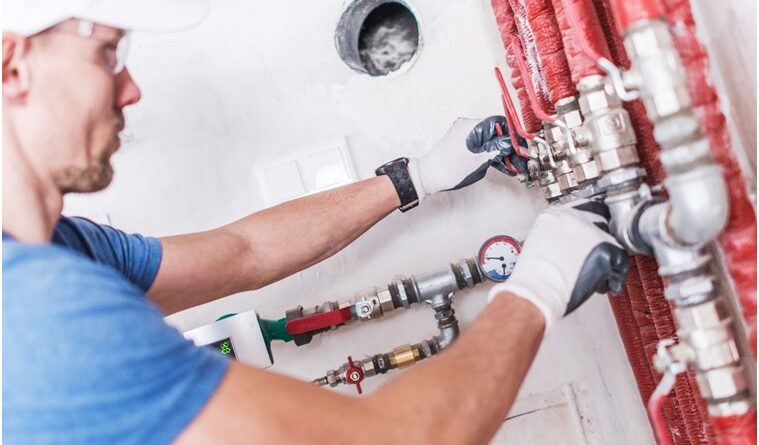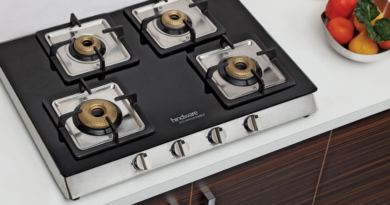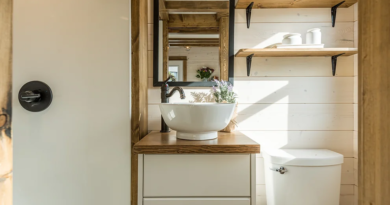Busting 7 Common Plumbing Myths
When it comes to plumbing several myths are doing the rounds on the internet and it is not always easy to distinguish between what’s true and what’s not. And this inability might translate into actions that can negatively affect your entire plumbing system. Now, as a homeowner or commercial property owner, you won’t want that. While some plumbing troubles are unavoidable, you can simply avoid some with proper caution or by adopting the right plumbing habits.
To help you on this front, here’s bursting seven common plumbing myths that have been circulating for years. If mistaken for facts, some of these myths will surely lead to costly plumbing repair work. With our plumbers in Laverton, let’s have a look at what these myths are.
Let’s get started.
Myth 1: Ice Cubes Can Sharpen Your Garbage Disposal Blades
Have you heard that sending ice cubes down your garbage disposal can help you sharpen the blades? Even if you have heard of it, we hope you haven’t tried it because, contrary to this, ice can dull the functioning of your garbage disposal. Why? First and foremost, garbage disposals don’t have blades but impellers that crush the waste and not slice it. This myth is simply a misconception from a lack of knowledge. So, stay clear of it and never dump ice cubes down your drains.
Myth 2: Placing a Brick In Your Toilet Tank Can Help Save Water
The rationality behind this myth is that when you put a brick in your water tank, it displaces water and reduces the amount of water used with each flush. So, reducing your water usage and your water bills. But can it help you save money in the long run? No. Why? Because bricks break down over time and will interfere with the flushing mechanism of your toilet, leading to costly repairs. So, the money you save on water bills will be spent repairing your toilets.
Also, you don’t need to use such household tricks because modern toilets are efficient and designed to save water. As per the Energy Policy Act of 1992, implemented in 1994, there is a federal standard of 1.6 gallons per flush (GPF). So, if your toilet is not built before 1994, it is already doing its job of saving water.
Myth 3: Only Plumbing Emergencies Require Professional Assistance, Rest You Can DIY
DIY is quite a trend these days, especially when it comes to plumbing. But if you think with a basic plunger, wrench set, cutter and pliers at hand, you can fix all plumbing issues; you’re mistaken. While amateurs can do basic plumbing repairs, the complex ones require expert’s intervention. Because DIYs often involve a surface fix without addressing the root issue, when left unidentified for long periods, such issues become plumbing emergencies. So, if you wish to avoid plumbing emergencies, we suggest you seek the assistance of a commercial plumber for all your plumbing repairs and regular maintenance checks.
Myth 4: You Should Use Harsh Chemicals to Clear Tough Clogs
Using harsh chemicals does seem like a quick solution for clogged drains and toilets. Doesn’t it? But it’s a solution that can potentially damage your entire pipeline. Harsh chemicals not just break down the waste but can also lead to the corrosion of your pipeline, especially if your plumbing network is old. So, skip the chemical use and unclog your drains manually. Or better, seek professional assistance and opt for a permanent solution.
Myth 5: All Products that Claim to be Flushable are Flushable
Today several toilet products have adopted a new marketing strategy claiming to be flushable. But the question is, are these products flushable? The answer is no. Products like flushable wipes or sanitary napkins don’t easily break down like toilet paper. So as a result, this solid waste accumulates and can lead to blockages. Flushable wipes and napkins disintegrate, but the time required is a lot more. Therefore, increasing the possibility of a clog or blockage. So, as a preventive measure, only flush your toilet paper and nothing else.
Myth 6: Toilets in Australia Flush Backwards
Over the years, there has been this popular misconception going around the web that the toilets in Australia flush backwards. This misconception stems from the Coriolis Effect. According to the Coriolis Effect, air spins or rotates in different directions depending on your location in the hemisphere. While this effect is scientifically proven, it affects large-scale phenomena like a tornado or hurricane, not your toilet flush. As for your toilet flush, the flow of water entirely depends upon the direction of the water jets or the shape of the toilet basin.
Myth 7: Fluctuating Water Pressure is Normal
Is the water pressure at your home and workplace constantly fluctuating? If yes, do you think such fluctuations are normal? Any Plumbing company in Laverton would say otherwise. Water pressure fluctuations aren’t normal but are signs of underlying plumbing issues like leaks or blockages. So, if such fluctuations are becoming a regular occurrence, call your local water company and see if there is any issue on their end. If not, then the problem must be with your plumbing system.
Summing Up
These common plumbing myths can cost you a lot of money. So, if you need any clarifications, it is better to take expert advice and proceed in the right direction. Staying away from these myths can help extend the life of your plumbing system, but even then, if some plumbing issue surfaces, avail of our 24/7 emergency plumbing service in Hoppers crossing.



